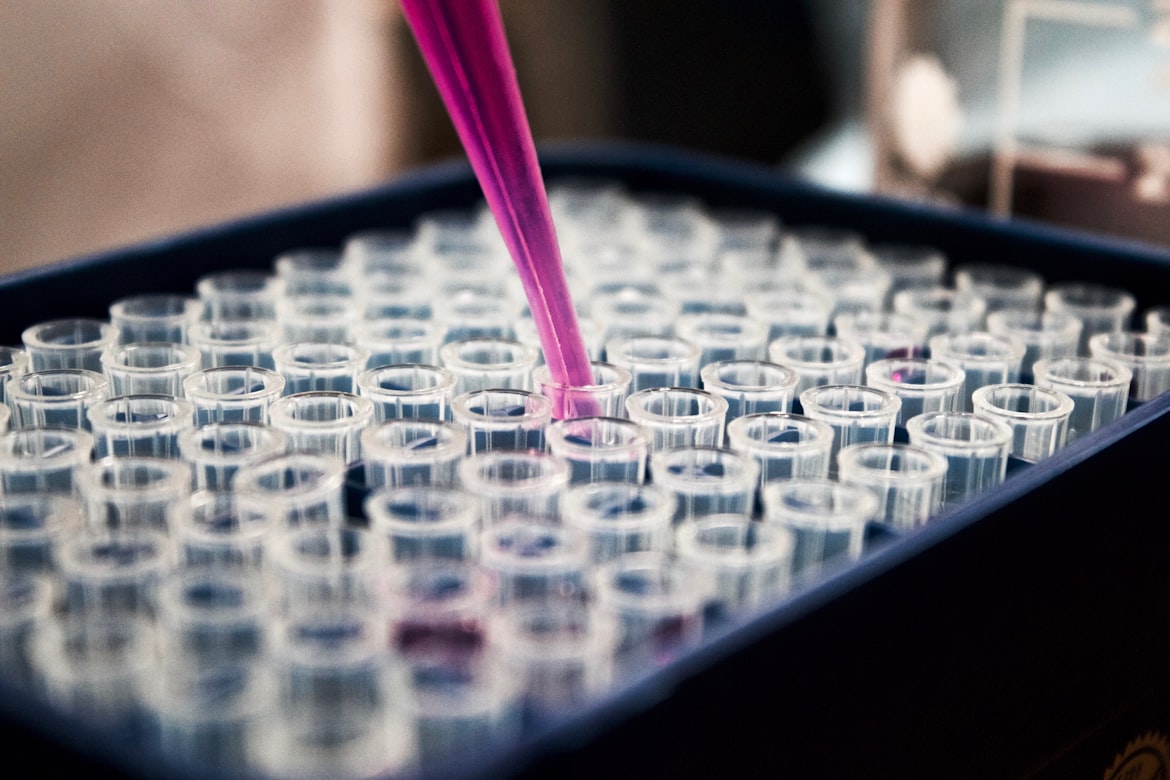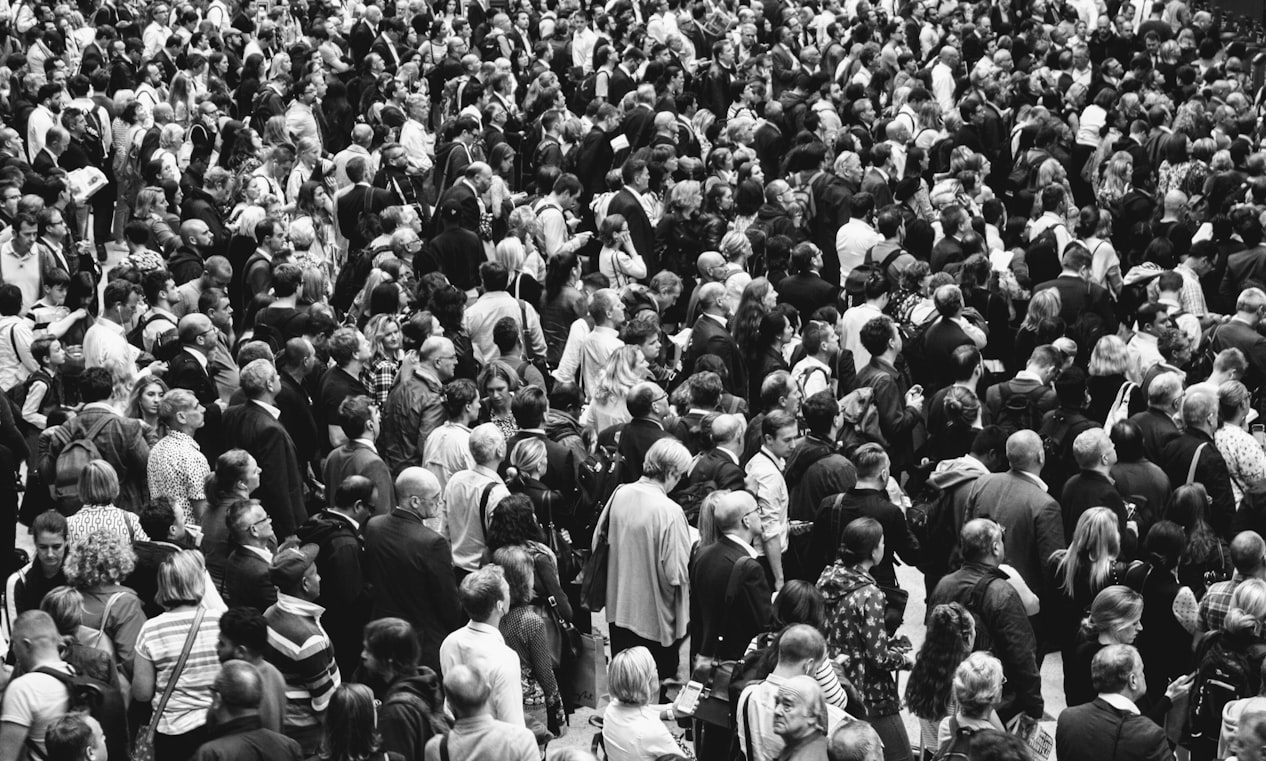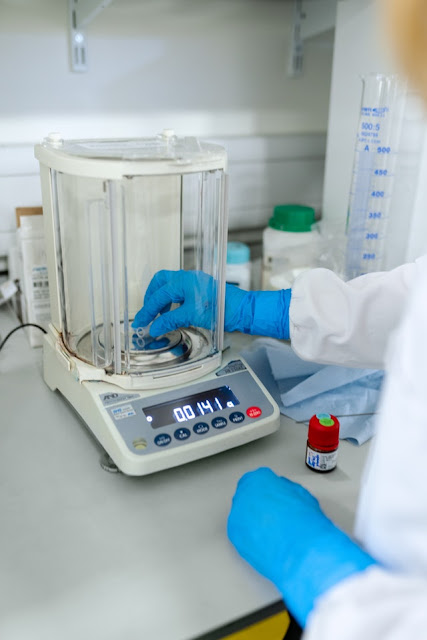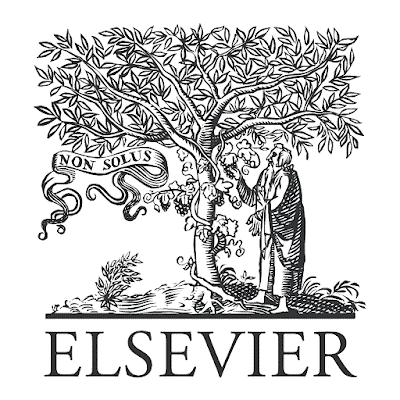Answers to Cancer- Part 1: Journey of a drug - Laboratory to Public
Answers to Cancer- Part 1:
Journey of a drug - Laboratory to Public
It takes several stages of operation for a potential drug (also vaccine/ radiopharmaceutical) to be a licensed product
1. Discovery
Drug is defined as a substance meant for diagnosis, cure, reduction, treatment or prevention of disease. Drug must be recognized by an official pharmacopoeia or registered drug manual of a particular country[1-2].
A potential new drug is proposed by either
- understanding knowledge of the disease or
- by new insight of the disease or
- by study on the population worldwide to find out where the occurrence of the disease is substantially less.
The food habit of the population of the last category may reveal the cause of lesser occurrence of a particular disease. Let's say if they consume a special category of oil, or seed, then natural products are extracted from those food items and one of the natural products may turn into a drug for the disease.
Preclinical and clinical studies are required if a completely new drug is proposed or a new method of production of existing drug formulation is proposed.
2. Preclinical studies (Laboratory studies, Animal trial, in vitro cell trial)
Medical experiments with non human beings (animals) is called Preclinical trial
Aim: To find out dosing information and to find out if the potential drug has any toxicity or not.
Subject: Human/ Animal disease containing cell or AnimalCarried out by either bringing out animal/ human cells out of the body and applying the potential drug (in vitro) or by injecting the potential drug inside the body of animals (in vivo).
Population of subject: 10s of animals
Result: Phase 0 clinical trial, Approval for human trial
3. Clinical Trial [3-7]
Medical experiments with human beings is called Clinical trial
3.1. Phase 0 (Exploratory trials,
clinical pharmacology and toxicity)
0th phase was introduced by USFDA in 2006 for decreasing the overall drug approval time duration since phase 0 eliminates/decreases elaborate preclinical trial results. Microdoses of drugs are studied on human subjects.
Purpose: To analyze any harmful effects to humans. Does not have any therapeutic intent.
Subject: Less than 15 no. of human volunteers.
Medical condition: with or without underlying health conditions
Dose: Very small dose (<1% of therapeutic dose)
Duration of trial: 7 days
Result: In case the drug behaves differently, additional preclinical studies are carried out for further decision, otherwise passed for phase 1 clinical trial.
3.2. Phase 1 (Exploratory trials, clinical pharmacology and toxicity)
Purpose: Safety and dosage, to determine maximum dose limit, maximum tolerated dose (MTD), frequency of safe, necessary dose and administration route. Pharmacokinetic and pharmacodynamic data generation. Pharmacokinetic effects means optimum conc. of the drug, substances formed from the drug during metabolism, biodistribution of the drug inside the body, whereas pharmacodynamic effect means molecular, biochemical, and physiologic action of the drug in the body.
Subject: 20-80 healthy volunteers or people with the disease/condition e.g. cancer drug selective for patients with a particular type of cancer.
Medical condition: with or without underlying health conditions
Dose: Variable doses
Duration of trial: Several months
Success rate (phase 0+1): 60-70% (of drugs that cleared the preclinical trial)
Result: If successful, phase 2 clinical trial
3.3. Phase 2 (Initial clinical investigation for treatment effect)
Purpose: Due to limited no. of subjects, not sufficient to predict beneficial or not but efficacy, side effects and additional safety data can be obtained. Efficacy means effectiveness of the drug.
Subject: Up to several hundred people with the disease/condition.
Medical condition: with underlying health conditions
Dose: Maximum therapeutic dose
Duration of trial: Months (2-24 months)
Success rate: 20-30% (of drugs that cleared the preclinical trial)
Result: Phase 3 clinical trial
3.3. Phase 3 (pivotal, confirmatory trials, full scale evaluation of treatment)
This is the most important clinical trial phase.
Purpose: Efficacy and monitoring of adverse reactions
Subject: 3,000 participants 300 to 3,000 volunteers who have the disease or condition
Medical condition: who have the condition that the new medication is meant to treat.
Trials in this phase can last for several years.
Dose: Maximum therapeutic dose
Duration of trial: Years (1 to 4 years)
Success rate: 13-30% (of drugs that cleared the preclinical trial)
Result: Approval (License) of FDA or equivalent agency for mass production
3.4. Phase 4 (post-registration or post-licensure surveillance trials)
Happens after regulatory authorities give permission (license) for usage of the drug to the public.
Purpose: Safety and efficacy, information about safety, long-term risks and benefits, and the side effects of the drug.
Subject: Several thousand volunteers who have the disease/condition
Duration of trial: Years
Success rate: 10-12% (of drugs that cleared the preclinical trial)
Bias free randomized clinical trials
Phase 2 and 3 are often done with randomized clinical trials to avoid bias. Randomized clinical trials are of three types[9-10] e.g.
- open label trial,
- blind trial and
- double blind trial.
This randomization is done against placebo. Placebo is a similar looking substance like actual drug is given for administration to the patients, which sometimes gives psychological satisfaction, may relieve the suffering and is called 'placebo effect'[11]. In an open label trial, both doctor and subject knows to whom drug and placebo is given. In blind trials, only the doctor knows who received what. But in a double blind trial, neither doctor nor subject knows until the trial is over. Hence double blind trial results are more reliable, risk free results.
To save time or for emergency use drugs like COVID 19 pandemic etc, clinical trial phases sometimes overlap too.
So in gist a potential drug has to travel all the above steps which sometimes may take several years to become a licensed approved drug.
4. Reference
[1] https://www.fda.gov/drugs/drug-approvals-and-databases/drugsfda-glossary-terms#D
[2] https://www.nhp.gov.in/national-formulary-of-india_mtl
[3] Pocock, Stuart J. Clinical trials: a practical approach. John Wiley & Sons, 2013.
[4] Pfeiffer, JoAnn, and Cris Wells. A Practical Guide to Managing Clinical Trials. CRC Press, 2017.
[5] Fromer, Margot J. "FDA introduces new phase 0 for clinical trials: some enthusiastic, some skeptical." Oncology Times 28, no. 15 (2006): 18-19.
[6] https://marketbusinessnews.com/mbn-health/clinical-trials/
[7] https://www.fda.gov/patients/learn-about-drug-and-device-approvals/drug-development-process
[8] Van Norman, Gail A. "Drugs, devices, and the FDA: part 1: an overview of approval processes for drugs." JACC: Basic to Translational Science 1, no. 3 (2016): 170-179.
[9] Shamley, Delva, and Brenda Wright, eds. A comprehensive and practical guide to clinical trials. Academic Press, 2017.
[10] Machin, David, Peter M. Fayers, and Bee Choo Tai. Randomised clinical trials: design, practice and reporting. John Wiley & Sons, 2021.
[11] https://www.webmd.com/pain-management/what-is-the-placebo-effect




















Comments
Post a Comment